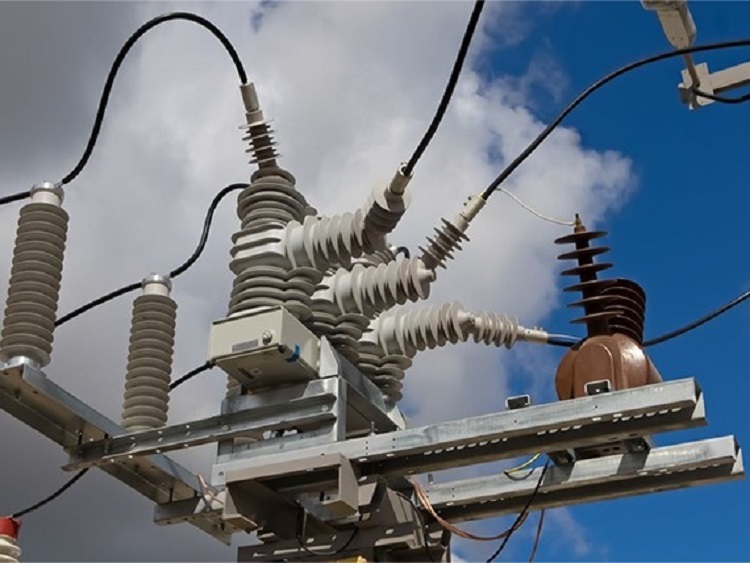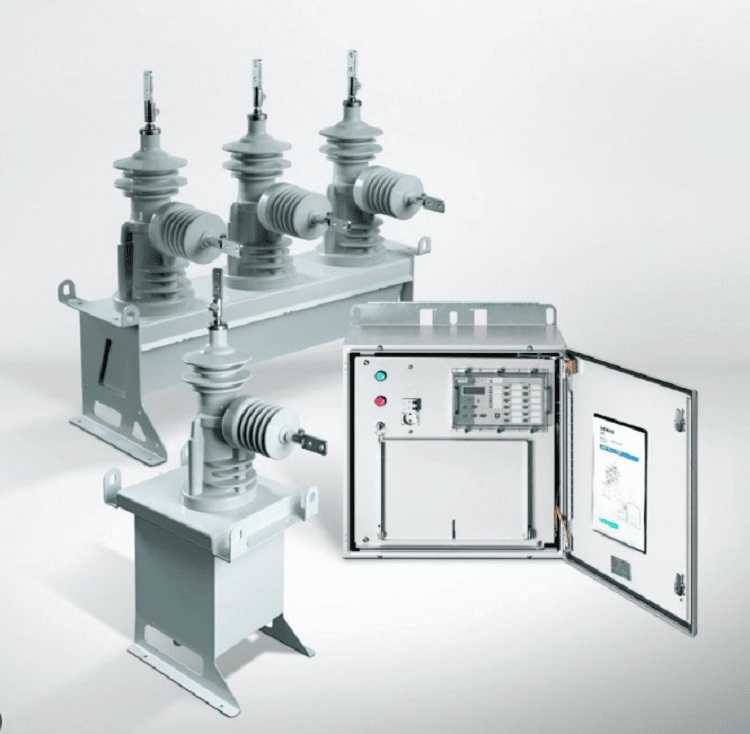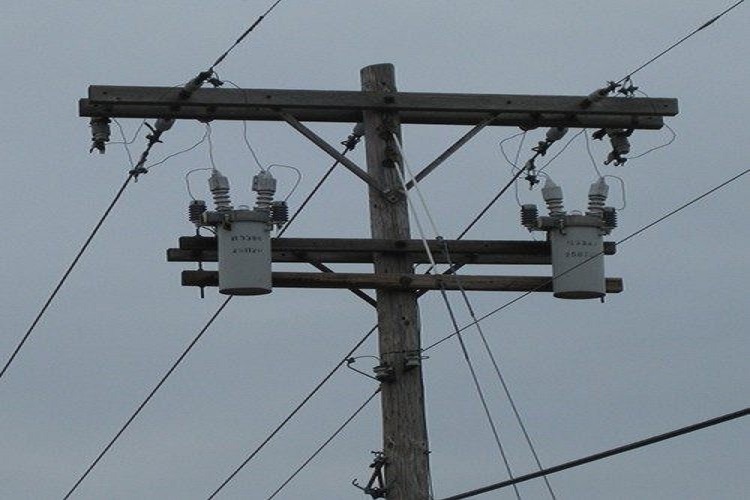
What is a medium voltage recloser and how does it function?
A medium voltage recloser is an intelligent, self-contained device designed to automatically detect and clear temporary faults on electrical distribution lines. Its primary function is to protect the power grid from damage caused by transient faults, such as lightning strikes or tree branches touching the lines.
1. A medium voltage recloser is an intelligent device used to protect power grids.
2. It detects and clears temporary faults on electrical distribution lines.
3. Transient faults like lightning strikes or tree branches touching lines are common causes of power outages.
Why are medium voltage reclosers important for power distribution systems?
The use of medium-voltage reclosers is crucial for maintaining the reliability and stability of power distribution systems. By quickly isolating and clearing transient faults, reclosers can prevent lengthy power outages and minimize the impact on consumers. Furthermore, they reduce the need for manual intervention from utility personnel, which can significantly lower operational costs.
1. Medium voltage reclosers help maintain the reliability and stability of the power grid.
2. They prevent lengthy power outages and minimize the impact on consumers.
3. Reclosers reduce the need for manual intervention, lowering operational costs for utilities.
How do medium voltage reclosers differ from traditional circuit breakers?
While both medium voltage reclosers and traditional circuit breakers serve to protect electrical systems from faults, there are several key differences between the two devices. Unlike circuit breakers, reclosers can automatically reset themselves after clearing a transient fault. This functionality allows power to be quickly restored without human intervention. Additionally, reclosers are often equipped with advanced communication capabilities, enabling them to be remotely monitored and controlled by utility personnel.
1. Reclosers can automatically reset themselves after clearing a transient fault, unlike traditional circuit breakers.
2. This functionality allows power to be quickly restored without human intervention.
3. Reclosers often have advanced communication capabilities for remote monitoring and control.

single-phase and three-phase recloser with a control unit (Vacuum type)
What types of medium voltage reclosers are available, and how do they differ?
There are several types of medium voltage reclosers available, each with its unique features and applications. The three main types are hydraulic, electronic, and vacuum reclosers. Hydraulic reclosers use fluid pressure to operate the switching mechanism, while electronic reclosers rely on solid-state components. Vacuum reclosers, on the other hand, utilize vacuum interrupters to extinguish the electrical arc formed during fault conditions. Each type has its advantages and disadvantages, with factors such as cost, maintenance requirements, and environmental impact influencing the choice of recloser for a specific application.
1. The three main types of medium voltage reclosers are hydraulic, electronic, and vacuum reclosers.
2. Each type has its unique features and applications, with varying advantages and disadvantages.
3. Factors such as cost, maintenance requirements, and environmental impact influence the choice of recloser for a specific application.

Eaton Company recloser pole-mounted type
What should be considered when selecting and implementing a medium voltage recloser for a power distribution system?
When selecting a medium voltage recloser for a power distribution system, several factors should be considered. First, the type of recloser (hydraulic, electronic, or vacuum) must be chosen based on the specific needs and requirements of the system. Other considerations include the voltage rating, interrupting capacity, and control capabilities of the recloser. Additionally, factors such as ease of installation, maintenance requirements, and total cost of ownership should be evaluated. Finally, it is essential to ensure the chosen recloser is compatible with the existing utility infrastructure and communication systems.
1. Consider the type of recloser, voltage rating, interrupting capacity, and control capabilities.
2. Evaluate factors such as ease of installation, maintenance requirements, and total cost of ownership.
3. Ensure compatibility with existing utility infrastructure and communication systems.



